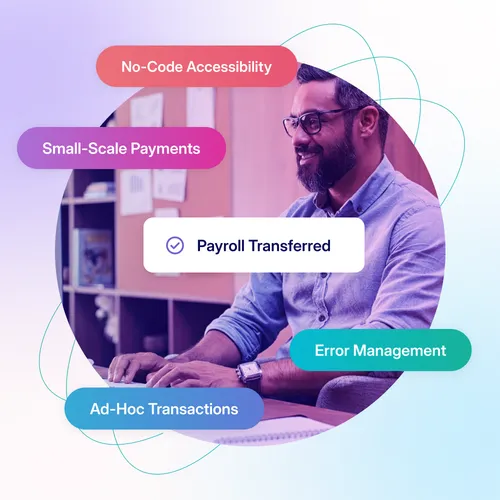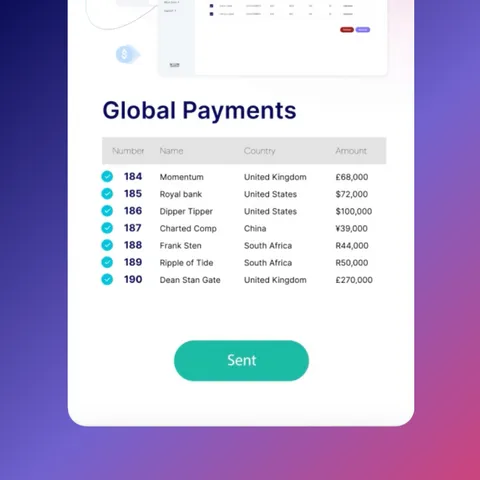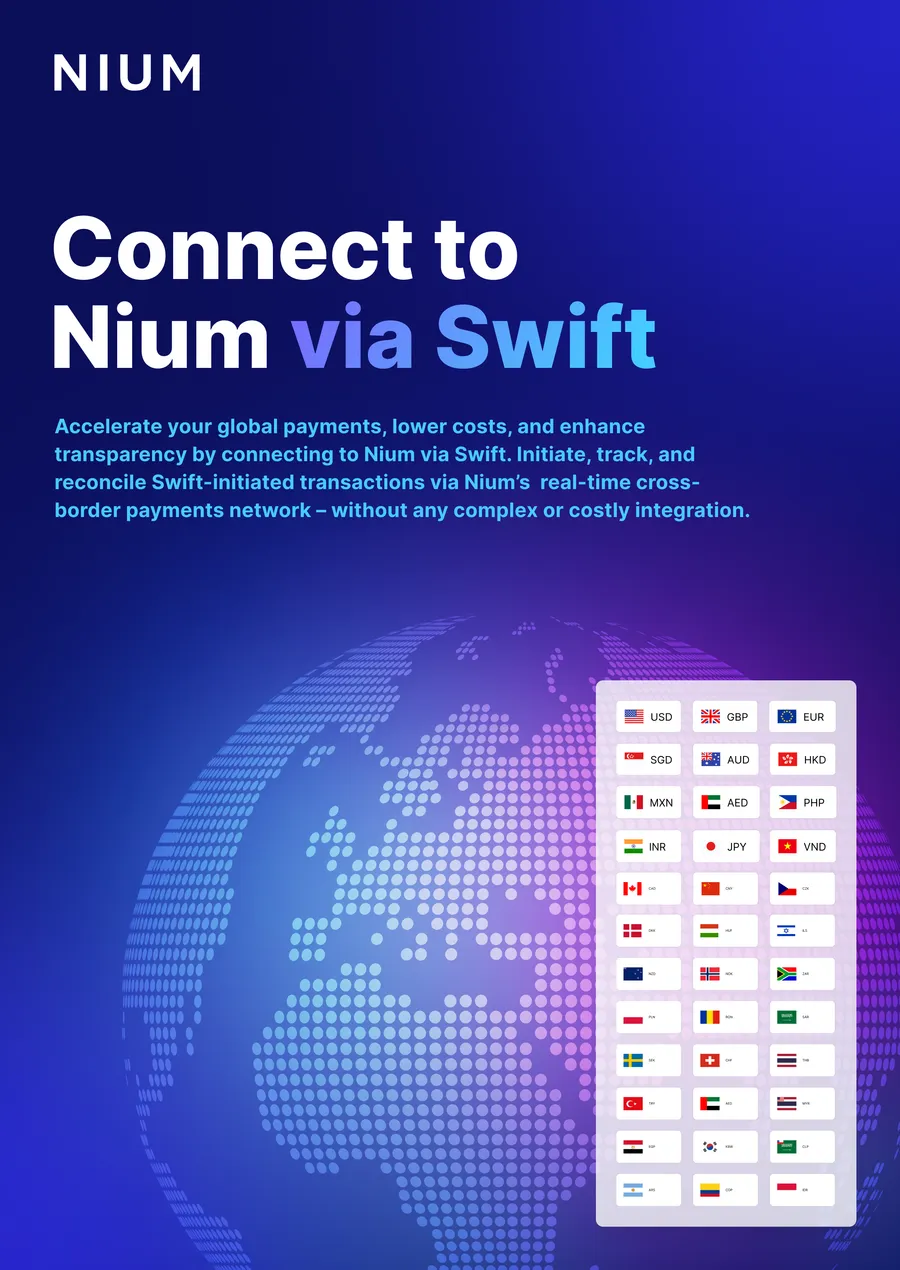The trend toward platform and marketplace business models is spurring global e-commerce—and creating a high demand for B2B cross-border payment services.
Banks that expand their B2B cross-border payment services have the opportunity to open up lucrative new revenue streams. But with this opportunity comes fierce competition.
Incumbent banks are being challenged by a wave of fintech companies, specialist providers, and other new players who are offering faster and more efficient payments services built on modern technologies. In the Asian market, for example—which accounts for more than 40 percent of global cross-border payments revenues—fintechs and specialist providers are achieving growth rates often three to four times higher than banks2.
To remain competitive in the B2B cross-border payments landscape, banks must move swiftly to enhance and expand their offerings. They must also effectively navigate new risks and regulatory challenges.
In this blog post, we explore the top challenges banks face when it comes to cross-border payments—and how partnering with a B2B cross-border payments provider can help financial institutions gain a competitive edge, increase revenue, and ensure compliance on a global scale.
Cross-border payments complicate regulatory compliance for banks
The risk of fraud is always top-of-mind for financial institutions. In today’s global payments landscape, the risks are greater than ever as cybercriminals innovate new tactics that exploit vulnerabilities in the cross-border payments ecosystem.
Non-compliance with regulations such as anti-money laundering (AML) and know your customer (KYC) procedures not only increases the risk of fraud but also erodes customer trust—and can lead to hefty fines and legal penalties.
But rules and requirements differ across global markets, adding complexity to banks’ security and compliance efforts.
Africa, for example, comprises more than 50 countries (and about 40 different currencies), each with its own regulations3.
Similarly, the Asia-Pacific (APAC) region includes a diverse mix of developed, developing, and frontier economies. Compliance across the region requires a clear understanding of the regulations for each market4.
In India, unique guidelines for cross-border payments include the Foreign Exchange Management Act, Prevention of Money Laundering Agreement, the Rupee Drawing Arrangement, and the granting of AD-I and AD-II licenses to select financial institutions5.
For banks, keeping up with each market’s unique and evolving regulations is a difficult and burdensome undertaking.
Banks face multiple challenges with B2B cross-border payments

As banks battle for market share in the B2B cross-border payments arena, ensuring compliance isn’t the only challenge they face. They must also beat out fintechs and other new entrants in terms of coverage, speed, and cost-efficiency.
- Global coverage: Banks need to quickly expand their cross-border coverage to fill emerging market gaps. Before they can service new regions, however, they must acquire the necessary licenses and regulatory approvals—a process that can hinder their speed of entry into new markets.
- Speed of payments: Real-time payments have become the norm for domestic payments services, and merchants now expect the same level of speed for their cross-border transactions. Unfortunately, banks’ traditional cross-border payment methods tend to be sluggish, with transactions taking several days or even a full week to complete. But for historically conservative banks, modernizing existing infrastructure is not often a top priority.
- Foreign exchange rate fluctuations: Unless payments are processed in real-time, the currency conversion rate will typically change by the time the transaction goes through. This means banks can’t provide their business customers with the exact amount of the transaction. In turn, merchants can’t communicate the final price to their customers up front. The lack of transparency negatively impacts the customer experience.
Banks looking to gain a competitive edge over fintechs and other new players must move quickly to address these challenges.
Top benefits of partnering with a B2B cross-border payments partner

Partnering with a B2B cross-border payments provider, like Nium, offers a range of benefits for financial institutions. Here are some advantages that come with the right partnership:
- Broad market reach: Top B2B cross-border payments providers hold licenses for unique payment corridors, allowing banks to quickly expand into growing markets they don’t currently serve.
- Real-time payments: By leveraging real-time payment corridors, the right cross-border payments provider enables banks to complete cross-border transactions within minutes—similar to the speed they’ve come to expect with domestic payments.
- Upfront foreign exchange rates: A cross-border payments partner can provide banks with foreign exchange rates upfront. With the right relationships, they can also negotiate the most competitive rates. This allows banks to increase revenue, improve cost transparency—and enhance customer trust and satisfaction.
- Simplified compliance: B2B cross-border payments providers stay informed on country-specific regulations, alleviating the burden on banks. By ensuring adherence to AML, KYC, and other regulatory standards across markets, the right payments partner helps banks minimize the risk of fraud losses, legal penalties, and reputational damage.
Final Thoughts
Choosing the right B2B cross-border payments partner is essential for financial institutions aiming to mitigate risks, ensure compliance, and optimize their cross-border operations.
Nium has the essential infrastructure, payment networks, and established relationships in place to give banks a competitive advantage in the market. With a strong focus on global compliance, we enable effortless compliance with local regulations, supported by regulatory licenses and authorizations in over 40 countries. Additionally, our real-time payment rails, competitive foreign exchange rates, and seamless transaction experiences set Nium apart.
To learn how Nium can help your institution drive growth, modernize operations, and navigate the complexities of B2B cross-border payments download Nium’s latest ebook, Redefining cross-border payments: A guidebook for financial institutions, or contact us today.
1 The 2022 McKinsey Global Payments Report
2 How Asian banks can regain the cross-border payments crown | McKinsey
3 The future of payments in Africa | McKinsey
4 APAC pushes to simplify cross-border payments | Treasury Today
.png@webp)



.png@webp)



.png@webp)




